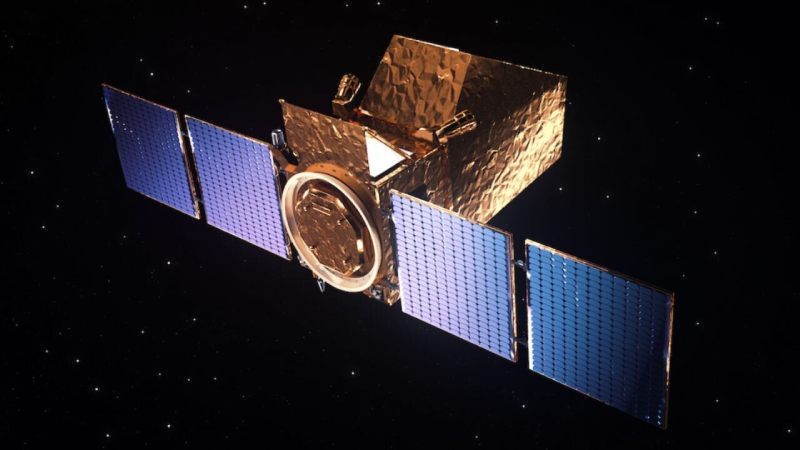
First-ever Commercial Science Satellites to be Launched in The World in 2025
- Science
- April 24, 2024
After obtaining an additional £2 million, a British business hopes to deploy science satellites into space in 2025.
For the stargazers, Blue Skies Space has created a special business plan. According to the business, these will be the first-ever science satellites that use a subscription model to give academics access to data directly.
The method provides a fresh path to unlocking the mysteries of the cosmos. For access to space data, academics now rely on governmental organizations like NASA and ESA. Sadly, there is a gap between supply and demand.
For example, 1,600 requests for viewing time were received by the James Webb Telescope. Out of them, only 249 were chosen. That is equivalent to a nearly seven-to-one oversubscription.
The goal of Blue Skies Space is to close the access gap. The startup would let users access the data on an hourly basis or by offering an annual subscription.
“Our vision is not only to deliver great science, but to deliver it to any scientist around the world,” Dr Marcell Tessenyi, CEO and co-founder of Blue Skies Space, told TNW.
The Initial Satellites
Mauve is the name of the program’s initial satellite. Mauve is scheduled to debut in early 2025 and is designed to assess the activity of neighboring stars. Through analysis of the satellite’s data, researchers may discover proof that exoplanets support life.
Blue Skies Space plans to launch a whole fleet of satellites after launching Mauve into space.
The plans are becoming closer to reality with the increased funding. Contributions came from SFC Capital, a UK see-stage investor, and SPARX Space Frontier Fund, a Japanese organization. The funds will be used by Blue Skies Space to expedite the launch schedule.
Twinkle, which will provide visible and infrared spectroscopy to analyze the composition of celestial bodies, is the next scheduled event.
“With a fleet of dedicated satellites designed and implemented in short timeframes, our company model is to rapidly respond to the needs of the research community,” Tessenyi stated.
Eleven different countries’ universities and institutions have already expressed interest in this idea. These include the National Astronomical Observatory of Japan, the French Alternative Energies and Atomic Energy Commission (France), Cardiff University (UK), and Vanderbilt University (USA).